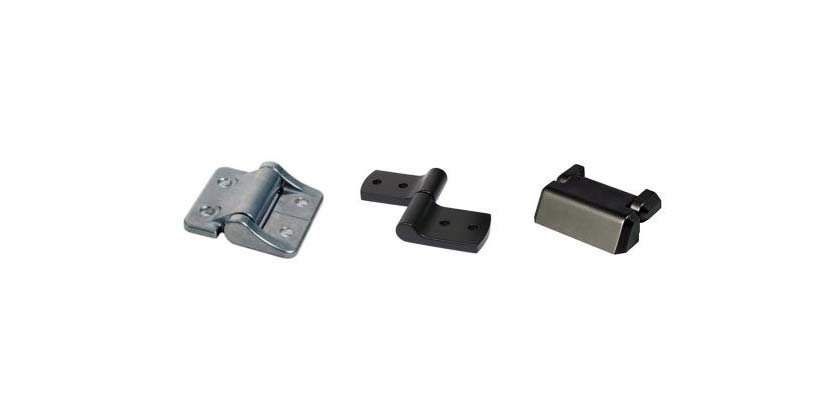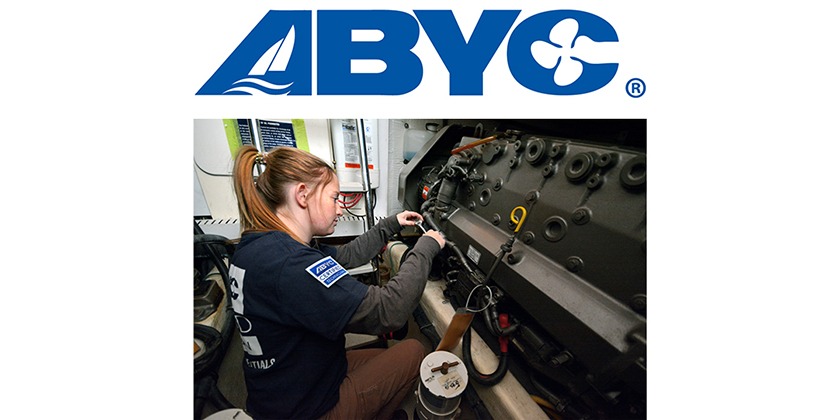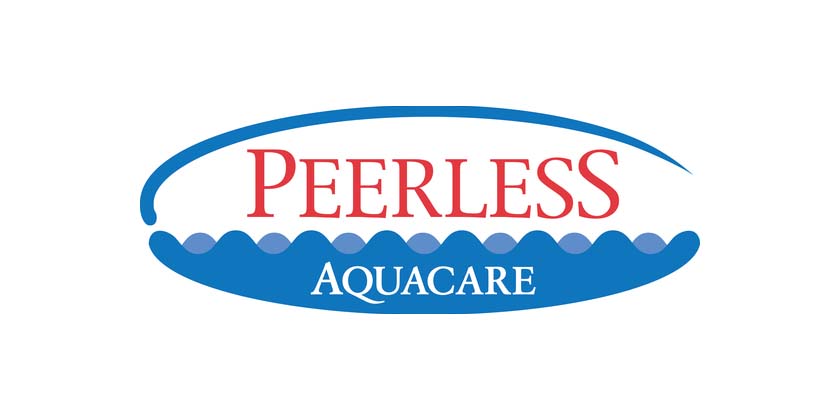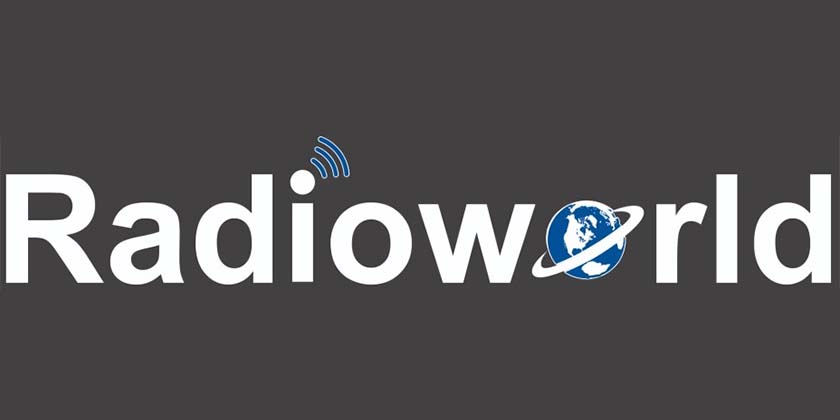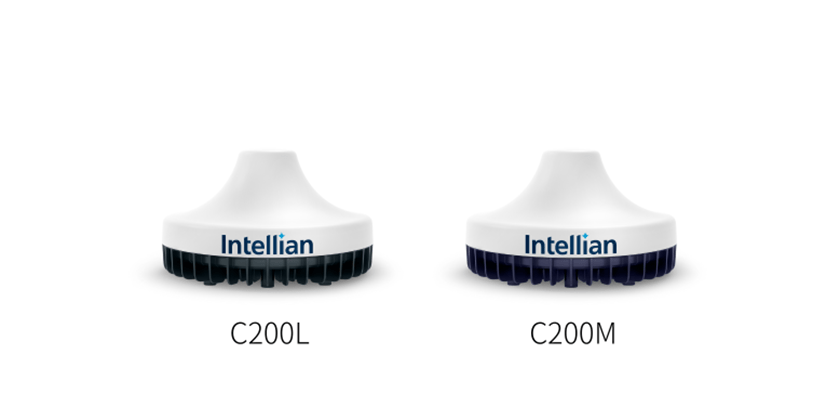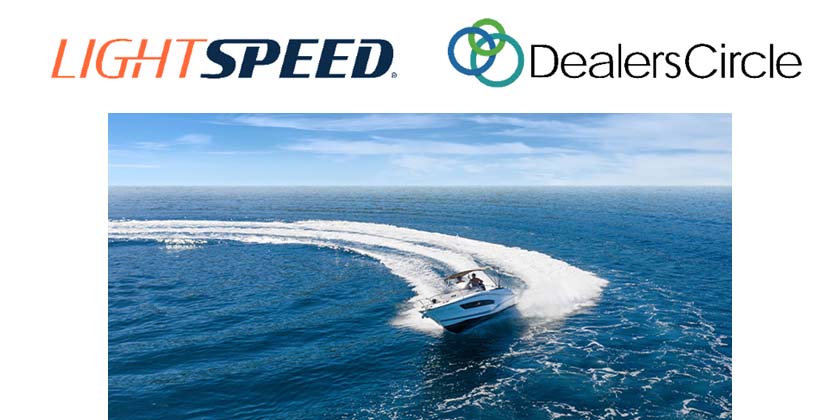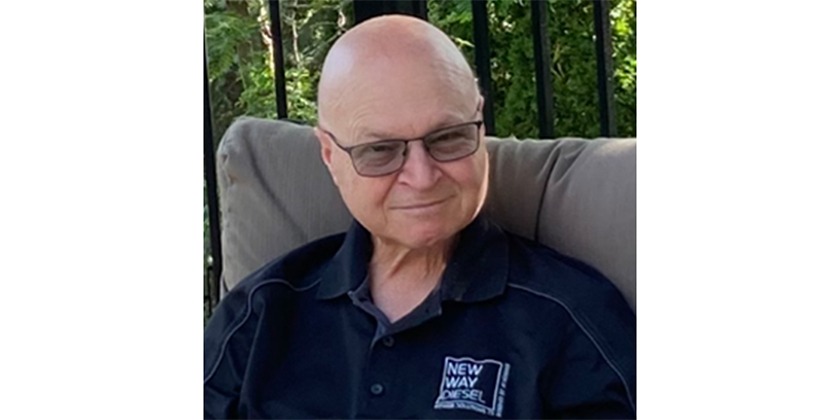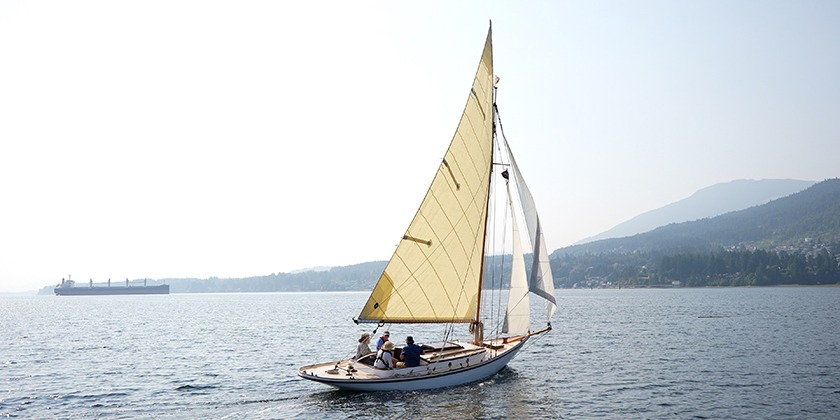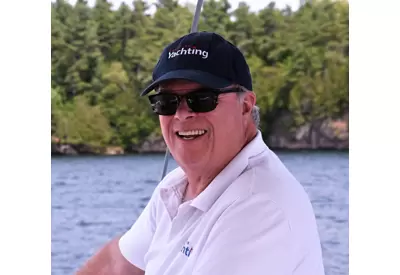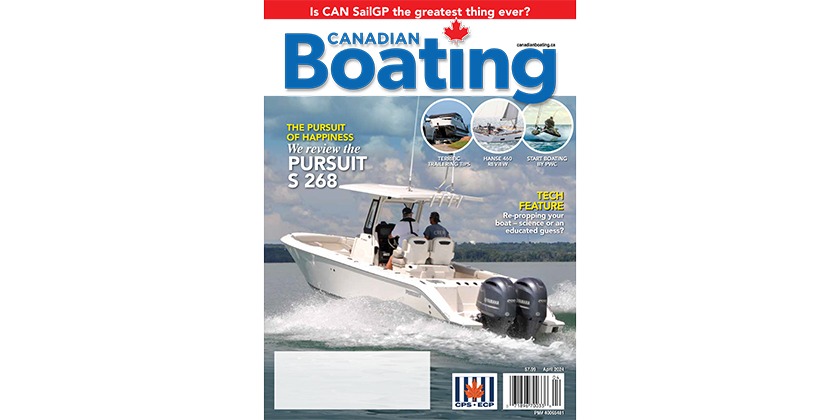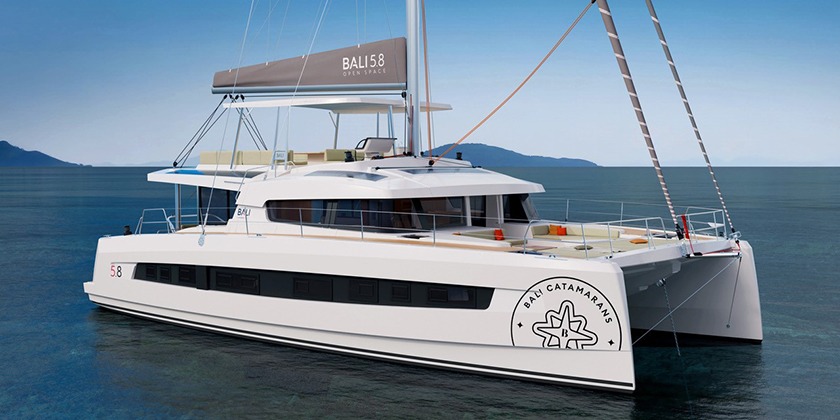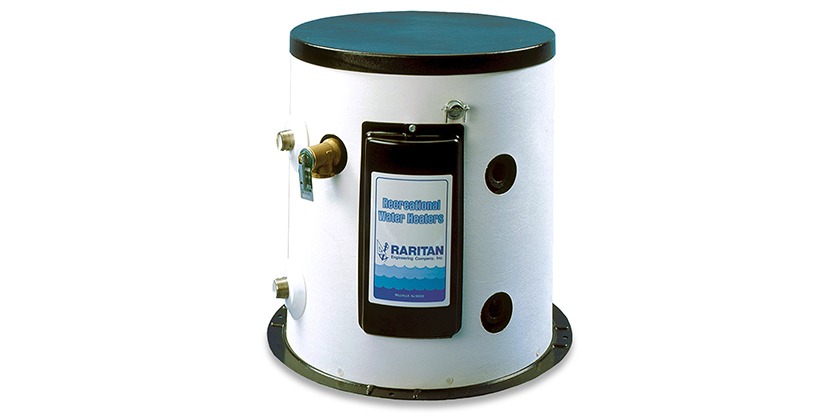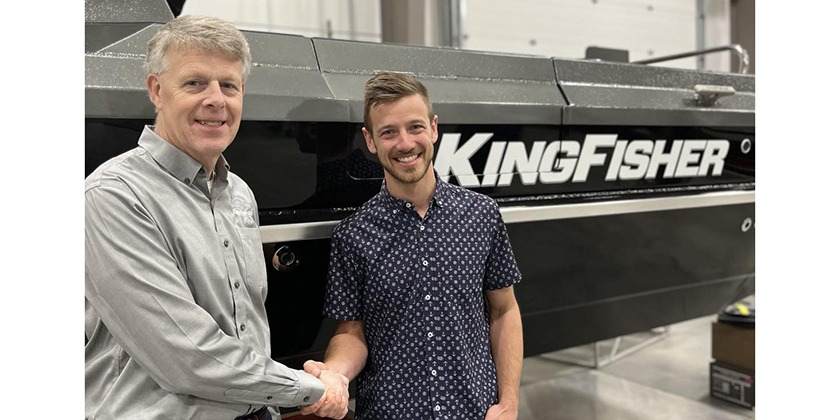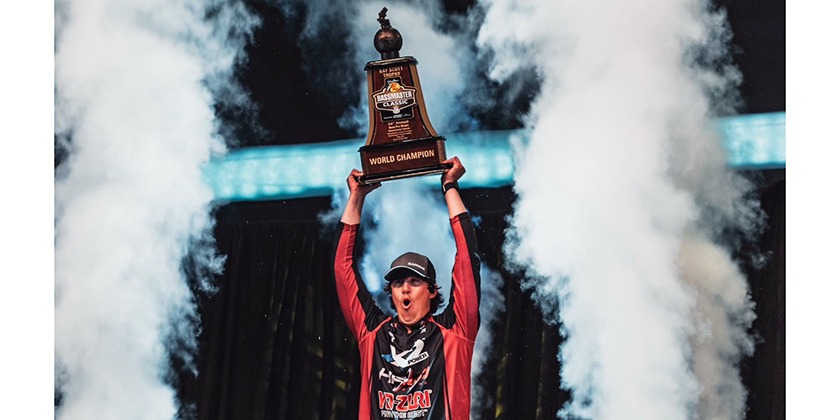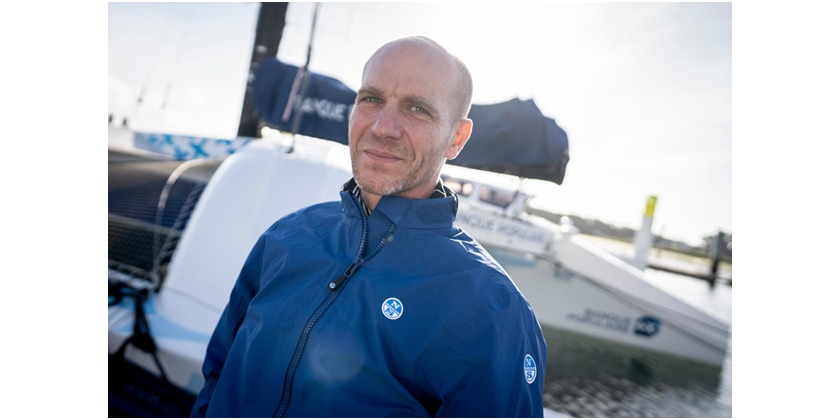SETTING THE STANDARDS FOR MARITIME SAFETY AND PERFORMANCE
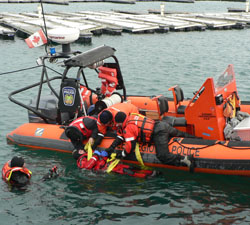
Special Section – MRTCM
Supplied By The NMEA and Bob Markle, President RTCM
Countless boaters and commercial mariners owe their lives in large part to an organization that most of them never knew existed. Many others who go to sea can thank the same group for helping to ensure that their communications and navigation systems perform as advertised.
That organization is the RTCM—the Radio Technical Commission for Maritime Services. Its primary job is developing technical standards for a long list of marine electronics, from survival signaling devices such as EPIRBs (Emergency Position Indicating Radio Beacons), PLBs (Personal Locator Beacons) and SENDs (Satellite Emergency Notification Devices), to DSC (Digital Selective Calling) equipment, Global Navigation Satellite Systems and various VHF requirements. Additionally, the nonprofit group keeps its government and non-government members informed about regional and international maritime radionavigation and radiocommunication policy issues, regulatory changes, and technical standards development.
RTCM President Bob Markle says that while the organization is responsible for the standards that manufacturers use to build many of their products, RTCM’s contributions might not be obvious to the user. Ticking down a few of those contributions, Markle says RTCM was involved in the original VHF-FM channeling system that is still in use. When DSC was introduced, RTCM developed the SC-101 standard that was used in the US as an alternative to the more complex and expensive radios introduced internationally. Later, RTCM developed a standard for ensuring that those radios could be used in a high-interference environment.
“Our Maritime Survivor Locating Device (MSLD) standard is designed to provide effective man overboard alerts and location, working with existing AIS (Automatic Identification System) or DSC systems,” says Markle. “One of our newest standards projects is for navigation receivers that will use not only GPS (Global Positioning System), but also the other available satellite navigation systems, for better response and more accurate positions.”
One group that works closely with RTCM is the Coast Guard’s Research & Development Center in Groton, CT. R&D Center Systems Analyst and RTCM member Lee Luft says, “RTCM provides a unique focal point for all components—installers, dealers, manufacturers—within the maritime industry, the US government, and other international maritime organizations, improving safety across the board, from regulatory matters to electronic radio and navigation equipment operation. The work conducted and the standards produced by RTCM provide for straight-forward solutions that enhance functionality and usability of marine devices used by all segments of the maritime industry.
“The letters ‘RTCM’ are well known and respected beyond the US in the global maritime industry, and their work is reflected within equipment installed from recreational to the largest ocean-going commercial vessels.
“RTCM does not make the marine electronic equipment used on vessels, it makes the equipment used on vessels better. What comes to mind when I think of RTCM is maritime safety—safe navigation, radio and radio distress communications (GMDSS), search and rescue devices, and more.”
Over the years RTCM and the National Marine Electronics Association (NMEA) have cooperated on a variety of initiatives as well. “RTCM provides a crucial service to our industry as the responsible body to define equipment performance standards that the US Coast Guard and US National Committee at IEC (International Electrotechnical Commission) refer to in establishing carriage requirements for regulated vessels,” says NMEA President and Executive Director Bruce Angus. “Many engineers, operators and regulators contribute to RTCM performance standards, such as DSC radios, electronics charts, EPIRBS, radar and AIS, amongst other navigation and communications systems.”
RTCM’s impact also extends directly to maritime operations in the field. In 1992, Sandra Borden was a US Coast Guard project manager tasked with identifying solutions that facilitate ships entering and leaving port safely. “I owe RTCM my most appreciative thanks for the professional support that I received implementing solutions to prevent any more events such as the Exxon Valdez oil spill and also for facilitating stakeholder consensus and ideas for implementing AIS,” she says. Now retired from the Coast Guard, Borden is on the RTCM Board.
Recent Results
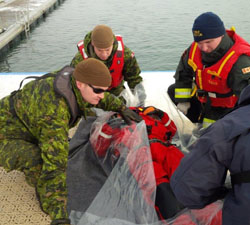 Most of what RTCM does happens outside of the public eye, often in meeting rooms in Arlington, VA, where the organization is located, or in other cities in the US and abroad. Special Committees (SC)—15 in all—perform the actual work of creating and updating standards for a variety of equipment. Each committee has from six to 30 active members and often one or more working groups.
Most of what RTCM does happens outside of the public eye, often in meeting rooms in Arlington, VA, where the organization is located, or in other cities in the US and abroad. Special Committees (SC)—15 in all—perform the actual work of creating and updating standards for a variety of equipment. Each committee has from six to 30 active members and often one or more working groups.
One of those committees is SC-104—Differential Global Navigation Satellite Systems (DGNSS). Markle describes the development of standards for Differential GPS systems as “one of the most dynamic areas of emphasis in recent years.”
“When the GPS system was made available for non-military use, the civil signal was intentionally degraded to prevent potential adversaries from having the same accuracy enjoyed by the US military and its allies. This degraded signal was not accurate enough to use for harbor entrance and navigation, so a system of reference stations at known points was developed that could provide corrections to navigation receivers, and thereby improve accuracy to within a few meters in areas near the reference stations. This system was known as Differential GPS (DGPS), and now with other governments providing satellite navigation systems it’s called DGNSS.
“The benefits of DGNSS have been adapted to other purposes for very precise positioning at the centimeter level, and now the biggest applications are surveying, geodesy, and precision agriculture,” says Markle. “RTCM’s DGNSS standards have been adopted worldwide, and we continue to support these non-maritime uses.”
SC-104’s chairman is Kendall Ferguson, who is also Senior Principal Design Engineer for Hemisphere GNSS in Stafford, VA. “We recently amended RTCM 10403.2, the well-known Version 3 standard for Differential Global Navigation Satellite System Services, which supports very high accuracy navigation and positioning through a broadcast from a reference station to mobile receivers,” says Ferguson. “The committee recognized that new constellations¬—Galileo, QZSS, and BeiDou—and new signals would soon be arriving and our previous GPS and GLONASS messages would not be sufficient to carry the content. The solution was MSM—Multiple Signal Message format. I believe we now have, via MSM, a message structure that not only supports all of the current signals of GPS, GLONASS, Galileo, QZSS, Beidou, and SBAS, but one that can also be quickly adapted to support known/planned future signals and constellations.”
Asked about other significant achievements involving RTCM’s satellite navigation work, Ferguson points to a “partnership” created a few years ago involving the RINEX standard. That cooperation resulted in formation of the RINEX Working Group within RTCM.
“A very positive element that has already come from this partnership, which stems from the notion that there are significantly more GNSS receiver manufacturers participating in RTCM than in RINEX, is that the RINEX governance body has agreed to support furtherance of RINEX 3.x and discontinue furtherance of RINEX 2.x.”
RTCM Version 3.x and RINEX are two standards that look essentially at the same satellite navigation data and “standardize” that information for their intended users. RTCM Version 3.x focuses primarily on the real-time communication of data in a standardized way. RINEX focuses primarily on the post-mission.
Shine Micro, an AIS systems developer and manufacturer in Port Ludlow, WA, has been an RTCM member since 2002. Owners Mark and Judy Johnson are active participants in the organization. Mark is on the Board and serves on several panels, including SC-123 (VHF Digital Small Message Service) and SC-121 (AIS and Digital Messaging).
“Our company is AIS centric in just about everything we do, while RTCM is involved in a variety of technologies,” says Mark. One current project that Shine Micro has underway focuses on the use of AIS on board wave gliders—surfboard-size autonomous platforms that roam the ocean collecting data, monitoring conditions and oil spills, conducting surveillance and serving other applications. Solar panels supply power while wave action provides propulsion.
He says SC-121 is working with the Federal Communications Commission (FCC) to get a waiver for AIS power requirements on the devices. The affiliation with RTCM and participation on SC-121 and SC-123 “give our company direct access to the FCC.”
Facilitating and Finding Solutions
RTCM’s recent major successes in marine safety and operational issues go beyond standards development. In a broader sense, they stem from its organizational and advisory role.
Marine and aviation electronics veteran Ross Norsworthy says RTCM’s contributions include “taking initiatives to develop and publish maritime standards for systems and equipment where other international standards organizations had not; providing an international technical discussion forum for government and industry and bringing the maritime stakeholders together; and providing regulatory guidance for government and industry in the maritime services.” Norsworthy chairs SC-123 and is a technical advisor to several other committees and working groups, in addition to serving as a technical consultant to the Coast Guard and President of his company, REC, Inc., of Largo, FL.
RTCM member and retired Coast Guard Admiral Ed Gilbert points out that, “Accomplishments all relate to bringing interest groups (sometimes with competing interests) together to work toward common goals for promoting more effective use of telecommunications and electronic technology for improved safety, security and commerce on the water. The standards setting process is included here.” Gilbert has been involved in maritime telecommunications and the GMDSS modernization effort for years. Through his company, Gilbert & Associates, he continues to provide telecommunications consulting in the maritime and public safety fields.
Creating a forum for better communications and developing solutions is high on Gilbert’s list of what RTCM offers the industry. Users can “interact with providers so that the capabilities of new products are better known, users become more familiar with them and each gets good feedback from the other.”
The forum function also permits “marine electronics/telecommunications communities to engage in and provide inputs to various governmental regulatory initiatives in a structured way,” adds Gilbert. “This includes contributions to the process of establishing US positions for international organizations, such as the International Maritime Organization (IMO) and the International Telecommunications Union (ITU).
RTCM’s basic mission hasn’t changed much since it was created 65 years ago by the Coast Guard, FCC and State Department to advise the federal government on the technical issues related to maritime communications and navigation at the end of World War II. The biggest issues at the time were the adoption of VHF-FM radio and use of radar by commercial vessels.
“RTCM went on to develop standards in those areas, and still maintains current standards for that equipment,” Markle explains. “But RTCM has evolved with the technologies over the years, developing standards in other areas that have been used in federal government regulations. EPIRBs are an example. RTCM’s value to the US government has been, and remains, the ability to develop standards more quickly than is possible for international standards, and they can be tailored to the specific needs of navigators in North America.”
While the focus of RTCM’s work is the US maritime community, several RTCM standards have been used as the basis for international standards that were developed later. Markle says RTCM has broadened to include the participation of several Canadian government agencies. Their contributions help to ensure that RTCM standards are compatible with Canadian standards, and sometimes the work of RTCM is used in the development of Canadian standards. This helps to ensure consistency in North America.
Development of the DGNSS standards is only one of several major initiatives that are underway.
“In addition to GPS, the Russian GLONASS system has been part of our DGNSS standards for many years,” says Markle. “Now Europe is rolling out the Galileo system, China will expand their regional BeiDou system into a global system, Japan is launching satellites for their regional Quasi Zenith Satellite System (QZSS), and India has just launched the first satellite in the Indian Regional Navigation Satellite System (IRNSS). All of these systems will be accommodated in the RTCM DGNSS standards, and the committee has been busy releasing several standards amendments every year.”
According to SC-104 Chairman Ferguson, “As we finish incorporating the current signals of QZSS, BeiDou and Galileo, we will begin immediately looking at the new GLONASS signals and anything else that is coming along.”
Ahead: E-Navigation and VDES
Another major development program is e-navigation. “There is an international e-navigation initiative, which is intended to guide the integration of electronic navigation information provided by resources ashore with the navigation suite on the ship,” says Markle. “Radar, the Automatic Identification System and the Electronic Chart Display and Information System (ECDIS) are key technologies on the bridge, and the NMEA network standards are essential to bring them together. While the international effort targets worldwide merchant shipping, RTCM is supporting the Coast Guard to bring the benefits of e-navigation to commercial and non-commercial vessels operating in US waters.
“We have current projects on AIS messaging, radar, electronic chart systems (ECS), navigation receivers, and navigation information portrayal. We are also working on the VHF Data Exchange System (VDES), which can be thought of as a way to augment AIS data exchange.
SC-123 Chairman Norsworthy is very familiar with both programs. “I believe that AIS opens the door for efficient communication, navigation and operation in the maritime services,” he says. “AIS is the essential core for e-navigation, the harmonized collection, integration, exchange, presentation and analysis of marine information onboard and ashore by electronic means to enhance berth to berth navigation and related services for safety and security at sea and protection of the marine environment.
“The next development is the VDES, which contains integral AIS, and is ‘AIS on steroids.’ VDES will be to AIS as 4G is to cellphones. VDES is designed to support all the apps needed for e-navigation and GMDSS (Global Maritime Distress and Safety System) modernization. VDES provides all the functionality, bandwidth and linkages for the efficient exchange of information with ships, shore stations and satellites.”
As RTCM has done since its founding, the organization is committed to working on marine navigation and communications technologies as they evolve. “We continue to be concerned with the vulnerability of GPS and other satellite navigation systems to interference, spoofing, and jamming, and our developing navigation receiver standard will address those issues to some extent,” says Markle. “Nevertheless, those systems have a very low signal strength at the surface of the earth which makes them vulnerable to jamming. Our Differential GNSS standard will continue to be revised to accommodate new GNSS systems. One new project involves developing a standard for electronic visual distress signals that might one day be able to be used in place of some pyrotechnic flares.”
One complaint that is often lodged about the standards development process as a whole is how long it takes. More than one source contacted for this article compared the process to sausage making and warned that as much as you like the outcome, it’s never a good idea to watch it being made.
Norsworthy offers some elaboration. “Standards need to be broad enough to cover innovative developments while preserving the essential elements needed to meet regulatory requirements. Manufacturers need to be encouraged to petition the regulatory authorities for waivers for authorizations of equipment that is compliant with the relevant approved standards. There is recent precedent for this in the US. These two actions will naturally incentivize industry to support and expedite the process.”
Shine Micro’s Mark Johnson says while the process in the US is slow, it’s much quicker than an international body can work because countries have conflicting agendas. “You can get a lot more done quickly through RTCM than any other means,” he says.
Judy Johnson adds that RTCM can usually complete work on a standard in less than three years compared to an international organization like IEC, which might take five to 10 years. “Manufacturers know that whatever you’re talking about today, people aren’t going to want to buy in five years—you won’t even be building it in 10 years. It’s a very serious problem for electronics manufacturers.”
Beyond Standards
While RTCM’s contributions to industry standardization, cooperation and communication benefit the maritime world in general, there’s another more personal aspect that members point to when asked about benefits they derive from membership.
“For participants who are developing products, there are several benefits,” says Ferguson. “One is that they have a significant time-to-market advantage over non-participants. Another is that participants who have already entered into areas being addressed by the standard often can influence the direction of standards and thus reduce their effort to be compliant. A third is that through the committee interoperability testing, participants can be assured of their standard’s compliance as new standards are released to the public.”
According to Norsworthy, “Companies exist to sell their goods and services, and regulations exist to ensure that these goods and services benefit all who are concerned and/or affected. RTCM provides a unique and effective consortium of all maritime stakeholders in industry and government whose end goal is to satisfy these objectives. Companies who participate in this process are ideally positioned to prosper in their business endeavor.”
For a small manufacturer like Shine Micro, “if you want to change the way something is done in the US or globally or need information—say you want to make a man overboard device, EPIRB or AIS or find a new application for AIS on buoys—you can go to RTCM and find out what channels to use to make changes, contribute to standards and eventually to initiate special committees, if you can make a compelling case,” says Mark Johnson. “It gives you a voice where if you go directly to the FCC or the Coast Guard, they’ll direct you back to RTCM. As an individual you have no clout at all.”
Judy adds that, “This is your access to the government regulatory process that can really help with your technology.”
To Gilbert, “RTCM provides exceptionally valuable career growth opportunities to those in the private sector and especially governments to learn about the industry and what’s happening. This was even more important for government employees especially Coast Guard and FCC representatives a few years ago before all the budget silliness that affects their travel and attendance at conferences. The RTCM Assembly has been a marvelous forum to learn about what’s happening in the various disciplines and interact with contemporaries.”
As for the message to colleagues in the marine industry about why joining RTCM makes sense, Ferguson says, “No matter who you are or what your role may be in the entire chain, from developer to end-user, your inputs are important to the work of RTCM. You don’t need to be a GPS expert, a GNSS expert, a radio expert, or any other expert to be a contributor and influence standards developments, policy, regulation, and sometimes even law.”
Norsworthy says it allows you “to participate in the development of the future so that it comes out right for you in the end. You have the choice of letting others, regulators and competitors do it to you—or of doing it with them.”
Gilbert sums up his feelings this way: If you provide commercial systems that support the programs RTCM deals with or represent commercial, government or public users of these programs—“you need to be involved in organizations such as the RTCM that allow you to participate in and influence the process that brings the capabilities into being. As one provider said, ‘I need to keep my customers close to my vest, competitors even closer.’ Effective participation in organizations such as RTCM and NMEA allows you to do both.”

